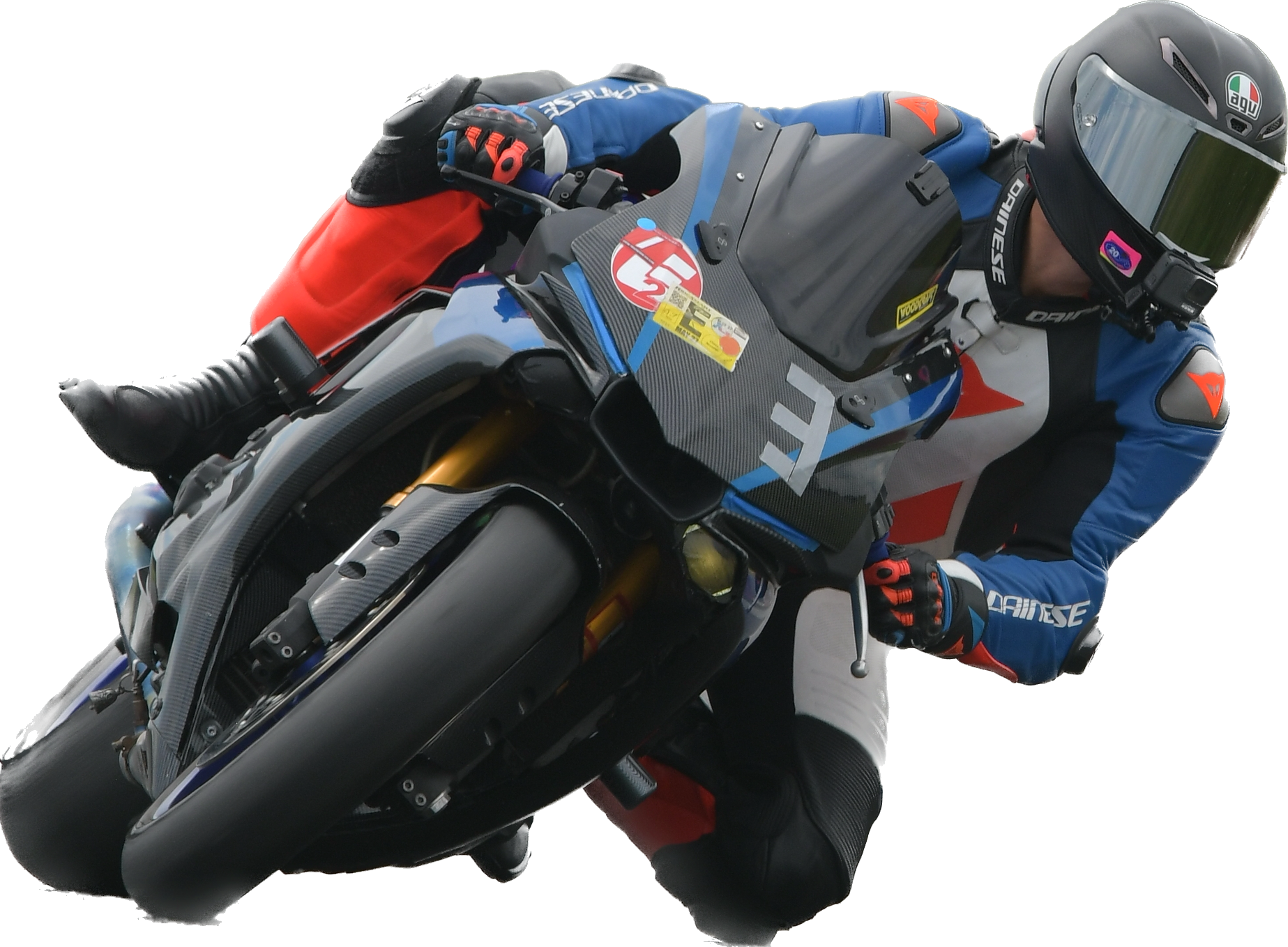Fire-resistant clothing is of utmost importance for track day enthusiasts in order to ensure their safety in the event of a fire. While there are no specific fire-resistant clothing brands mentioned in your query, it is essential to understand the significance of wearing such clothing during track days.
Fire-resistant clothing is designed to extinguish flames and prevent burns, providing a layer of protection that regular clothing cannot offer. Let’s delve deeper into the importance of fire-resistant clothing and its benefits for track day participants.
Why Fire-Resistant Clothing?
While the thrill of pushing your bike to its limits on a track day is undeniable, safety should always be your top priority. Unlike everyday driving, track conditions present unique risks, including increased potential for mechanical failures and collisions. One often underestimated danger is fire.
This section explores the importance of fire-resistant clothing for track day participants. We’ll get into the benefits of investing in proper fire protection gear.
- Protection from Flames and Burns: Fire-resistant clothing is specifically designed to resist catching fire and burning.
During a track day, there may be instances where fuel or other flammable substances are present. In the event of a fire, fire-resistant clothing acts as a crucial barrier, preventing direct contact between flames and the skin. This reduces the risk of severe burns and associated injuries.
- Self-Extinguishing Properties: Fire-resistant clothing is made from materials that self-extinguish when the flame source is removed. These materials are designed to resist burning and prevent the spread of fire.
When exposed to flames, fire-resistant clothing pushes away oxygen and starves the flame, causing it to extinguish on its own. This property enables the clothing to provide immediate protection and reduce the risk of burns.
- Compliance with Safety Standards: Many motorsport organizations and events require participants to wear fire-resistant clothing to ensure their safety.
These standards are in place to mitigate risks and ensure the well-being of drivers and other track day participants. By wearing fire-resistant clothing, individuals comply with these safety regulations and contribute to a safer track day environment.
Factors to Consider When Choosing Fire-Resistant Clothing
When selecting fire-resistant clothing for track days, some factors to consider include:
- Level of Protection: Different motorsport activities may require varying levels of fire-resistant clothing. Understanding the specific safety standards and regulations associated with the track day event will help you choose the appropriate level of fire-resistant clothing.
- Comfort: It is crucial to choose fire-resistant clothing that offers both protection and comfort. As track days can be physically demanding, select clothing that allows for ease of movement and doesn’t compromise your driving performance.
Fire-resistant clothing should fit properly to ensure maximum protection. It should allow for ease of movement and be comfortable to wear for extended periods. The garments should cover the entire body, including the arms, legs, and torso.
- Layering and Undergarments: In addition to the outer layer of fire-resistant clothing, it is recommended to wear fire-resistant undergarments like fireproof base layers or Nomex balaclavas. These provide an extra layer of protection and can minimize the risk of injury.
- Gloves and Footwear: It is essential to wear fire-resistant gloves to protect the hands from burns and provide optimal grip on the steering wheel or handlebars. When it comes to footwear, choosing all-leather shoes with natural soles is recommended. Avoid shoes made from synthetic materials, as they can melt in the event of a fire.
- Maintenance and Durability: Fire-resistant clothing should be properly maintained to ensure its effectiveness. Follow the manufacturer’s instructions for cleaning and storage to preserve the clothing’s fire-resistant properties. Additionally, consider the durability of the clothing to ensure it will last through multiple track day events.
- Certification: Look for clothing that meets a recognized fire safety standard, such as SFI (Snell Foundation) or FIA (Fédération Internationale de l’Automobile). These standards have different levels of protection, so research which level is required or recommended for your specific track day event.
- Budget: Fire-resistant clothing can range in price depending on the brand, certification level, and materials used. Set a realistic budget and prioritize safety features within your range.
- Homologation Date: Fire-resistant suits can have expiration dates or become outdated due to evolving safety standards. Check the homologation date (approval date) on the suit’s label and ensure it meets the requirements of your track day event.
- Helmets and Head-and-Neck Protection: Helmets play a critical role in protecting the head and face from impact injuries. It is important to invest in a high-quality helmet that complies with safety standards and offers proper head protection. Additionally, head-and-neck support systems, such as the Simpson Hybrid, can provide added protection during a crash.
Conclusion
In conclusion, fire-resistant clothing plays a vital role in ensuring the safety of track day participants. By wearing fire-resistant suits, undergarments, gloves, and footwear, drivers protect themselves from the risk of severe burns in the event of a fire.
When choosing fire-resistant clothing, it is essential to consider the level of protection required, comfort, and proper maintenance. Remember to comply with safety regulations and choose clothing that meets the necessary safety standards for track day events. Stay safe and enjoy your track day experience to the fullest with EvolveGT!




